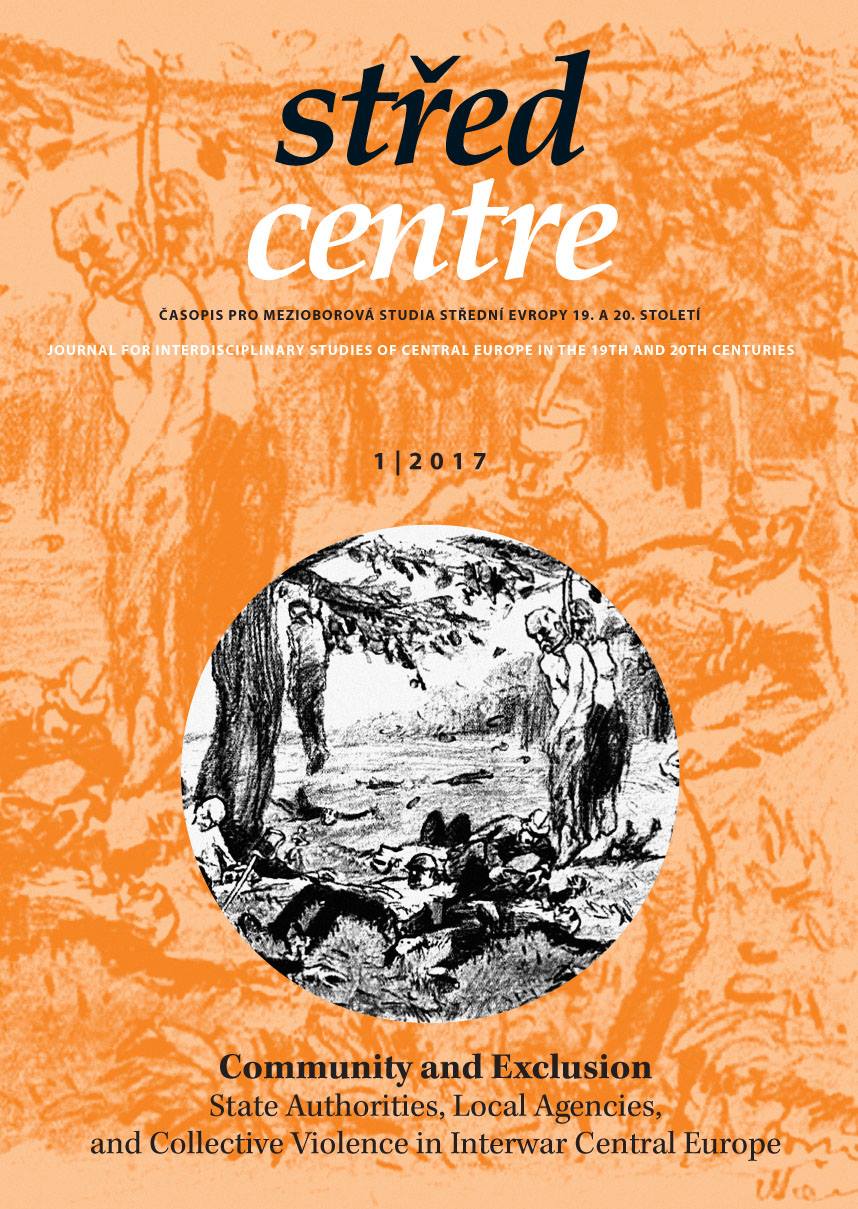
We kindly inform you that, as long as the subject affiliation of our 300.000+ articles is in progress, you might get unsufficient or no results on your third level or second level search. In this case, please broaden your search criteria.

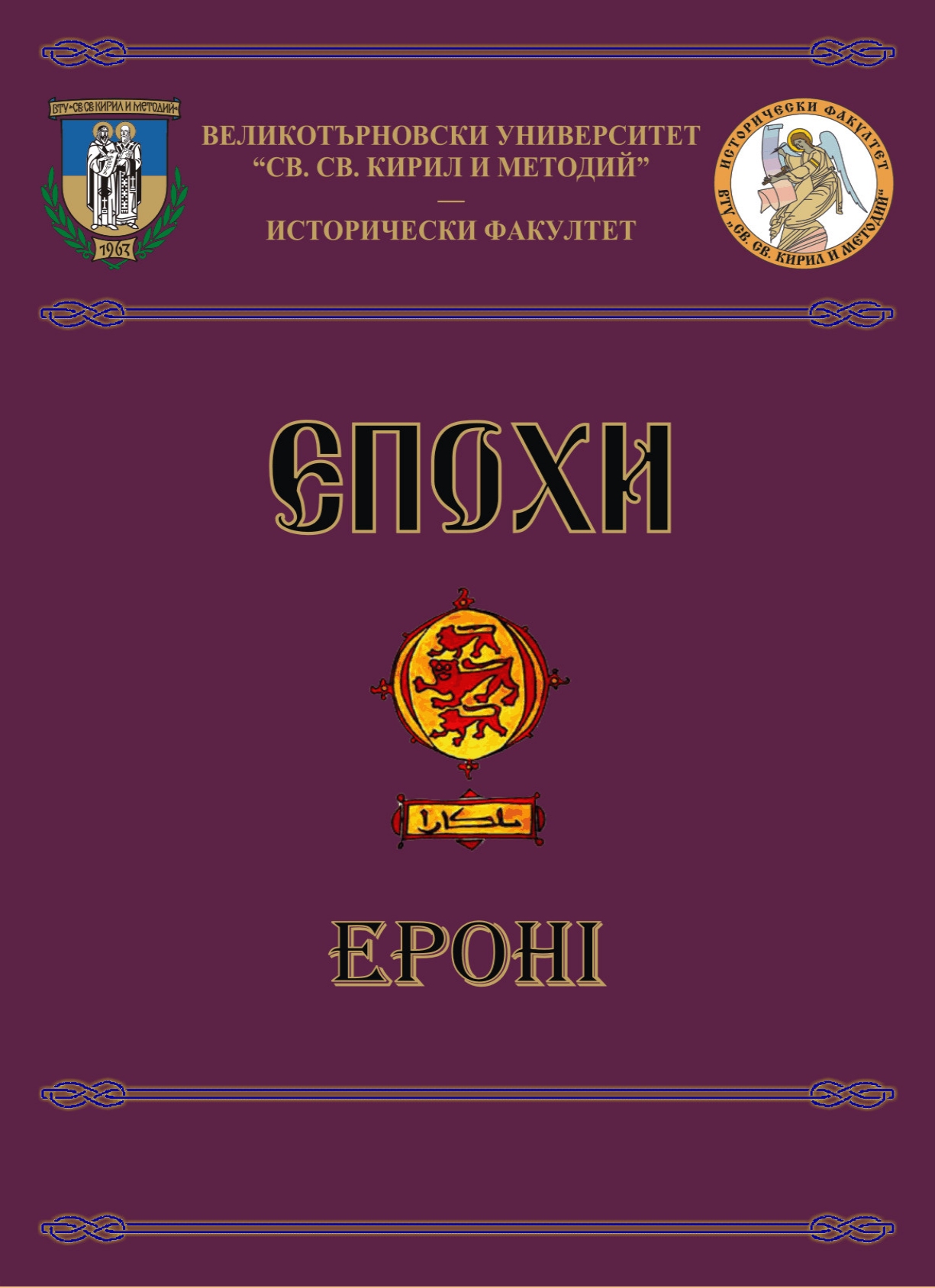


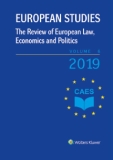
The studies aimed to figure out the basics parts of the mosaic which makes up the historical-spatial formation called Europe and, this way, partially answer the question of its identity. The central motive of the study winds around the determining spiritual line that accompanies the whole history of Europe. The question is whether in the future the European Union can lean on economism and its unified bureaucratic administration only, from which only the tradition of nationalistic Europe can profit.
More...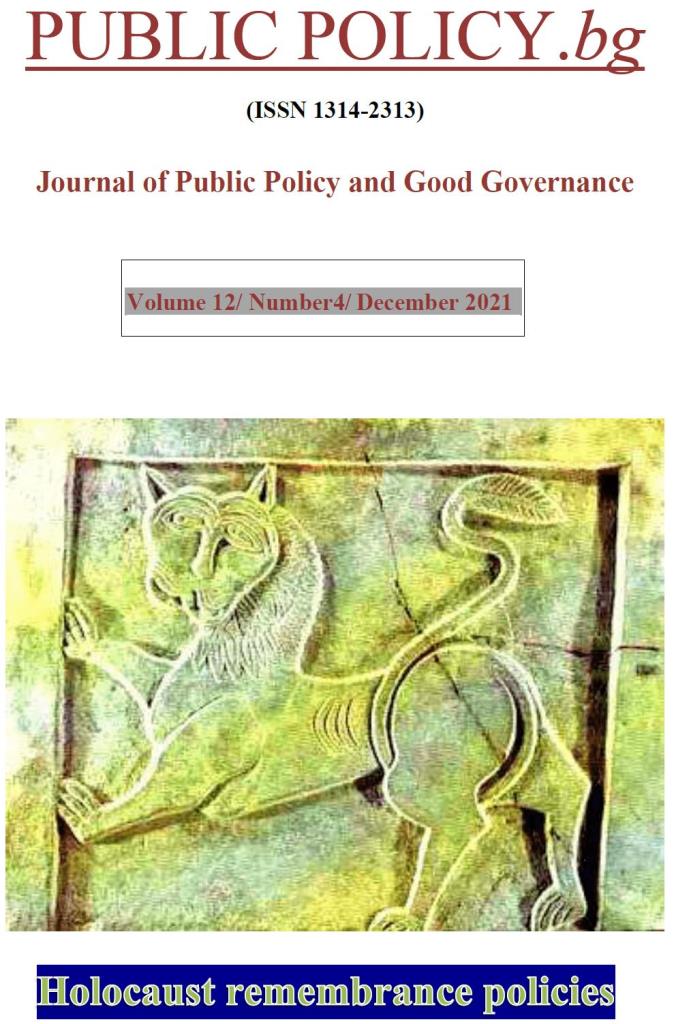
The purpose of this volume of PUBLIC POLICY.bg is to draw attention to a topic that is usually considered primarily a matter of history. Thus, Holocaust remembrance is usually debated by historians. The study of this past is often in narrowly specialized academic units of Jewish studies or in Holocaust Studies Centers. Such academic structures exist in many universities around the world. They have long developed an extremely high level of expertise on this historical heritage. Conferences are held, exclusive publications appear in many languages. This autonomous scientific space is being reproduced and developed further. The problem, however, is that it remains relatively encapsulated and isolated within the narrow boundaries of experts on the subject. It can be said that the first problem that caused us to dedicate this issue of the Holocaust Remembrance Policy journal was the need to draw attention to the interdisciplinary nature of these studies and highlight the importance of horizontal links between different scientific fields in them.
More...
When I began my career almost 50 years ago, I emphasized in my speeches that one day there would be no Holocaust survivors to say, “I was there,” or to show their concentration camp tattoos, or to recount their first-hand testimony of being the victims of the worst brutality known to humankind. Sadly, we are almost at that point.
More...
According to recent studies of the Claims Conference, millennials in various countries believe that the Holocaust is an important subject that should be taught in schools. This topic is often included in national or state curricula, but educators do not necessarily receive accredited professional development opportunities about how to approach teaching this subject matter in their respective classrooms. Moreover, many Holocaust-related institutions around the world offer workshops and seminars geared for teachers, however, their programming is not always externally evaluated. This article will explore the results of a number of external studies of Yad Vashem's teacher-training efforts on an international scale, reflecting on aims and outcomes. Based on this data, there appears to be an added value to professional development training. However, additional research should be undertaken as these findings could support decisions made by policy makers.
More...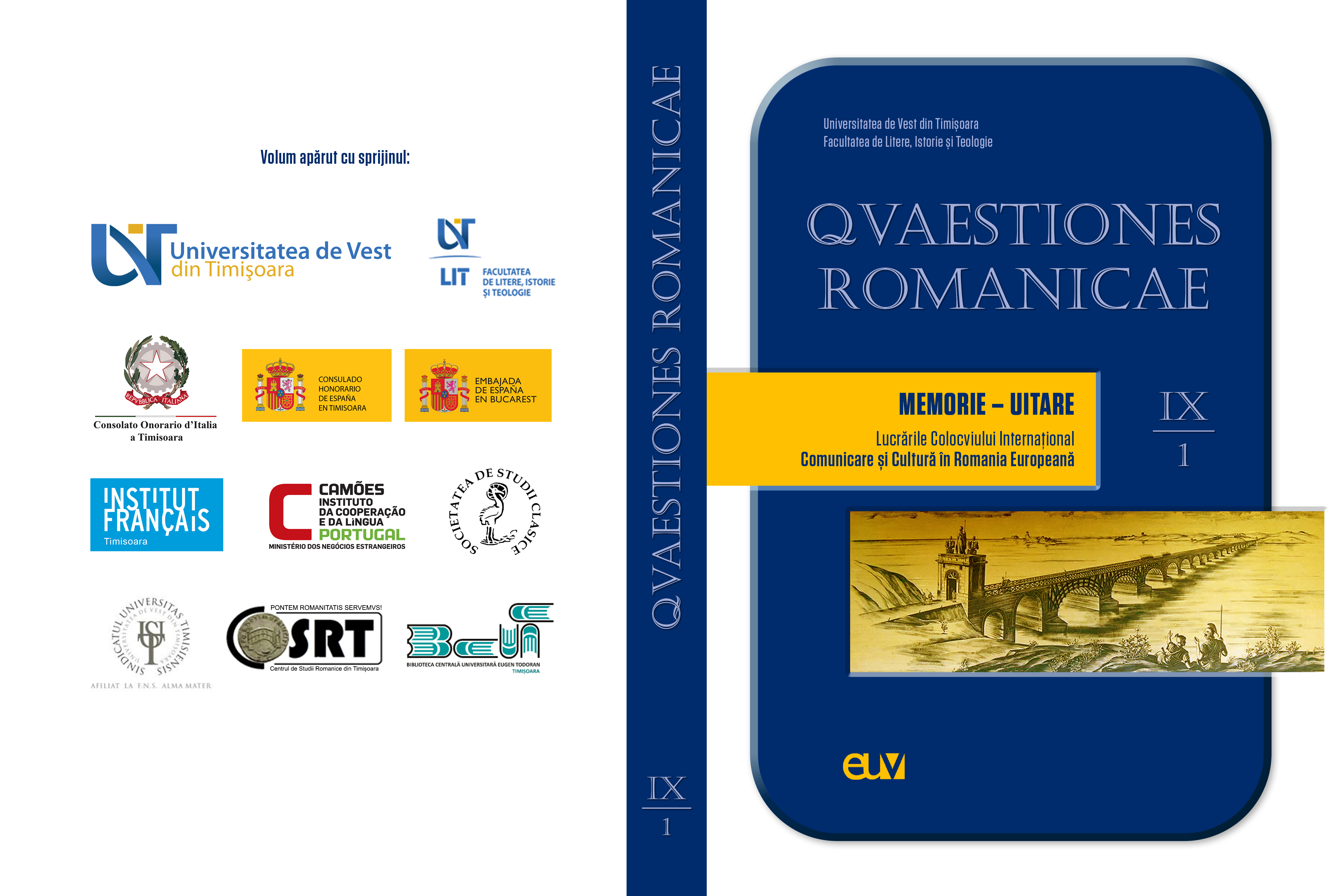
During the interwar period, the Jewish population of Bucharest lived in the so-called “Jewish Neighbourhood”. With the establishment of the communist regime, the very existence of the Jewish community living in Bucharest was threatened and it almost disappeared because of the urban reconfiguration and of the political decisions which determined the Jewish population to gradually leave the country. Although the physical evidence of this community was destroyed, its cultural memory is still preserved in various forms with literature being one of these. Born in the Jewish Neighbourhood and through his detailed descriptions of his life in the Bucharest ghetto, I. Peltz managed to transform his prose into an instrument for preserving the memory of this community which got lost as time passed by. The present paper aims to identify in three of I. Peltz’s novels, Calea Văcărești (1933), Foc în Hanul cu tei (1934) și Israel însângerat (1946), those elements which shape the cultural profile of the Jewish community living in Bucharest before and during the interwar period. In addition, it investigates to what extent the cultural memory of a minority community manages to become an integral part of the national cultural memory by following the way in which I. Peltz’s literature succeed to enter and position itself within the Romanian literary canon. The purpose of this article is to draw the attention on the cultural and political practices used to control the process of formation of the national cultural memory. It is important to point out that these practices had almost entirely promoted the cultural identity belonging to the majority.
More...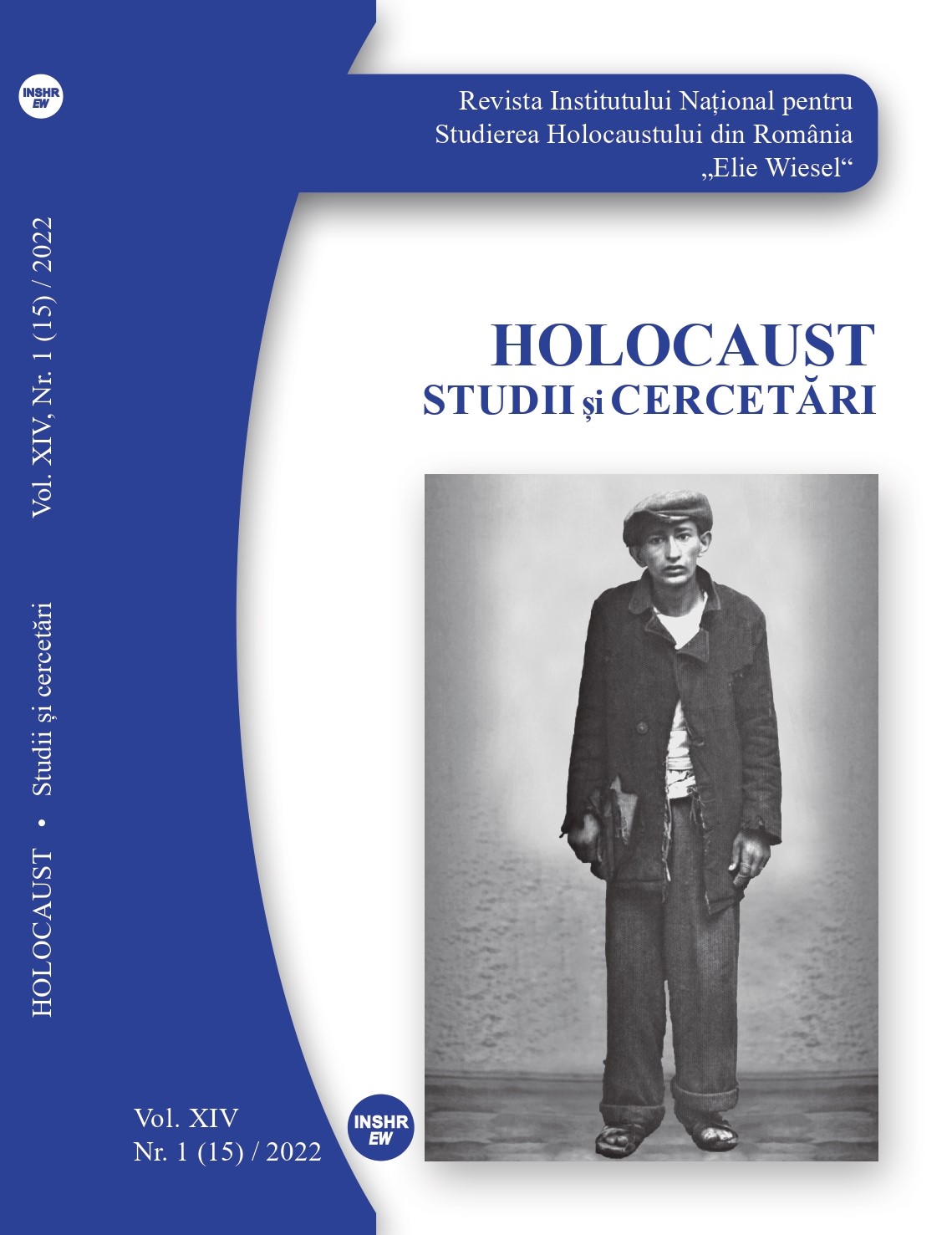
Starting with the first performances in 1944, new Jewish theatre companies created works that courageously approached the recent trauma for large audiences. The outstanding IKUF(Yiddisher Kultur Ferband) Theatre led this cultural movement and put the artistic foundations to what would become the Jewish State Theatre (Teatrul Evreiesc de Stat – TES) in 1948, in a difficult and confusing political moment. Its short-lived existence left a legacy that had long-term effects on the intricate transformations of the Jewish theatre in Romania.
More...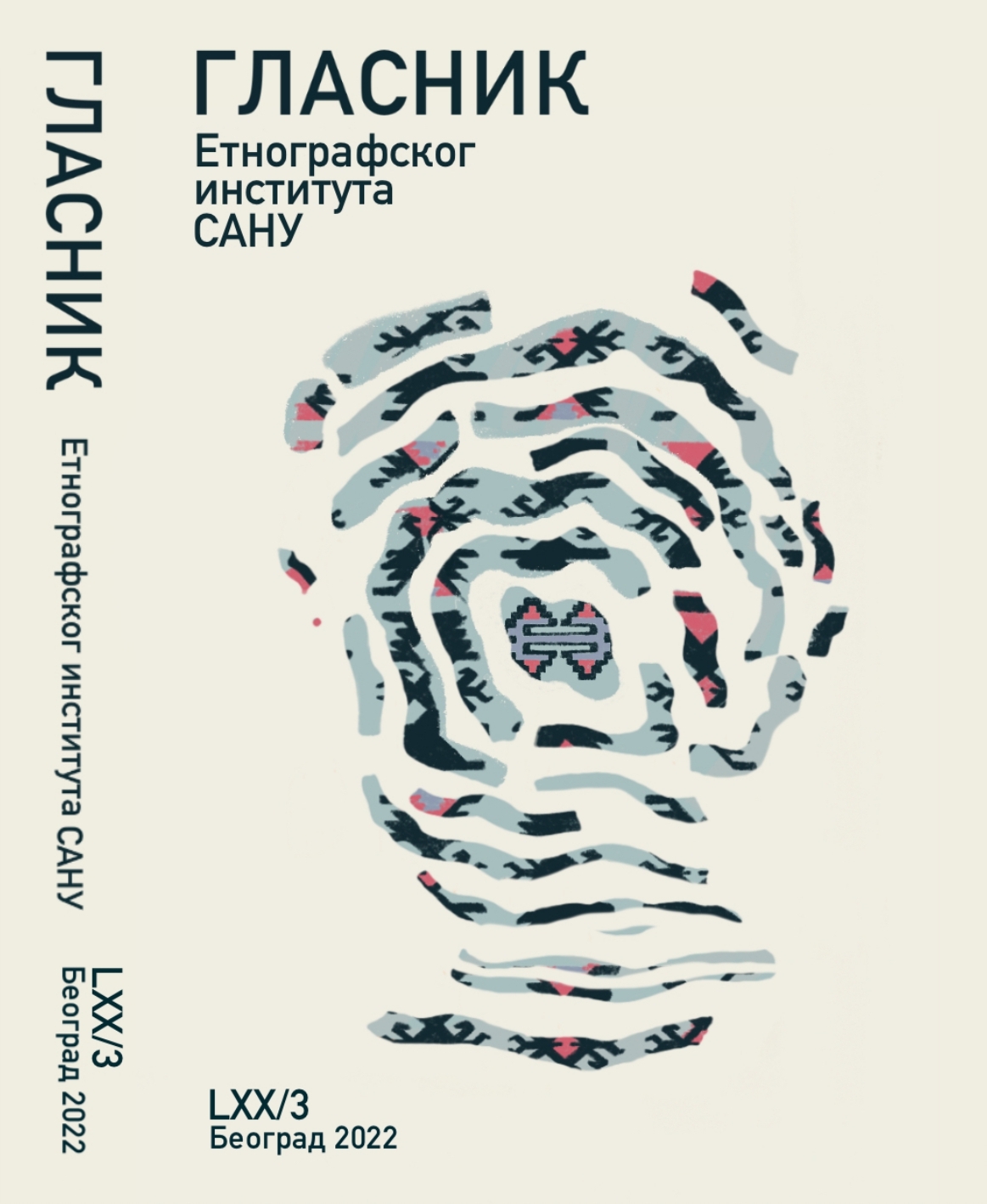
The essay examines the history of female education in the Belgrade Sephardic community, as well as the modification of their traditional role in Jewish society as a result of the introduction of obligatory education for girls. Presenting some of the most important figures in the process, from the first Yali’s female teacher, Pijada Kapetanović, through Esther Russo to Paulina Lebl Albala, special attention will be paid to examining the possible influence of Judaism’s wellknown educational habits and traditionally more liberal attitude toward women on the emergence and development of Jewish women’s societies in Belgrade in the middle of the nineteenth century and the easier penetration of educational ideas within this community.
More...
This article provides an overview of the Bund from the establishment of its precursor organization in 1890 until World War I. First it takes into account the historical conditions that led to the rise of a distinct Jewish socialist movement in the Russian Empire to then focus on its three spheres of activity: (a) economic difficulties, as a Jewish workers’ movement engaged in union-organizing and strikes, (b) political challenges, as a Jewish revolutionary movement working to overthrow the Tsarist system and (c) national obstacles, as a movement fighting for Jewish civil rights and Jewish national autonomy, the advancement of Yiddish language and culture, and the organisation of Jewish self-defense against pogroms. Appended to the article is the translation of an early Bundist pamphlet, The Town Preacher (1895), which presents the movement’s ideas in a simple, popular form, based on the story of the single strike of Jewish tobacco-workers in Vilna.
More...
In contrast to the global dispersion of the post-Second World War Bund, examination of its previous history as a powerful and influential force in Jewish life is usually confined to the former Pale of Settlement. Without disputing its centers of gravity in Russia and Poland, the paper argues for the inclusion also of the effects of migration and transatlantic network-building within this picture. It follows Bundists abroad, exploring how emigrants transnationalized the in practice Bund rather than by design. The article connects the histories of the Bund in Tsarist Russia and independent Poland with those in Argentina, Switzerland, and the United States, highlighting local adaptations as well as the dependency of the Bund “back home” on global networkbuilding. The author argues that only by taking such a transnational perspective we can fully grasp the Bund’s impact on modern Jewish history.
More...
When resuming its activities in postwar Poland, Tsukunft’s aim was first and foremost to reconstruct its pre-1939 structures, including the renewal of its publishing operations. After 1945, the youth organization revived the publishing house SIB and its main press organ, “Yugnt Veker”. The main purpose of these efforts was to bring back the Yiddish language, to mark its presence, and to resume work on the “Jewish street”. Attempts were also made to attract new members and sympathizers for the Bund’s youth organization. Brochures published by SIB and articles in “Yugnt Veker” provided information on the history of Tsukunft and the Bund, while periodicals also described the activities of regional Tsukunft organizations, were a platform for the political views of members of the youth organization on the current political situation of Jews, and polemicized against the Zionists.
More...
Since the 1970s, a period marked by a massive aliyah1 of Soviet Jews to Israel, Russian-Israelis have created a distinct literary culture characterized by hybridity and translingualism. While most texts in this corpus are in Russian, they do not fall neatly into the categories of Russian metropolitan literature or literature of the global Russian diaspora. In their thematic repertoire, the range of human experience they reflect, and specific vocabulary they also claim affiliation within Israeli literature. Even those writers from the former Soviet Union who made a linguistic shift away from Russian continue to navigate between literary traditions; their Hebrew has inherited cognitive models and interpretive approaches characteristic of Russian culture, and they project a view of reality that is essentially dualistic or "contrapuntal" (in E. Said's terms1 2). Such works as Boris Zaidman's novels Split Tongue and Hemingway and the Dead-Bird Rain, Alona Kimhi's books Victor and Masha, Weeping Suzanne, and I, Anastasia, or the original Hebrew poetry of Šivan Beskin represent an "accented," cross-pollinated version of Hebrew. This writing in-between the two tongues estranges both languages and at the same time establishes a dialogue between them and the cultural traditions they represent.
More...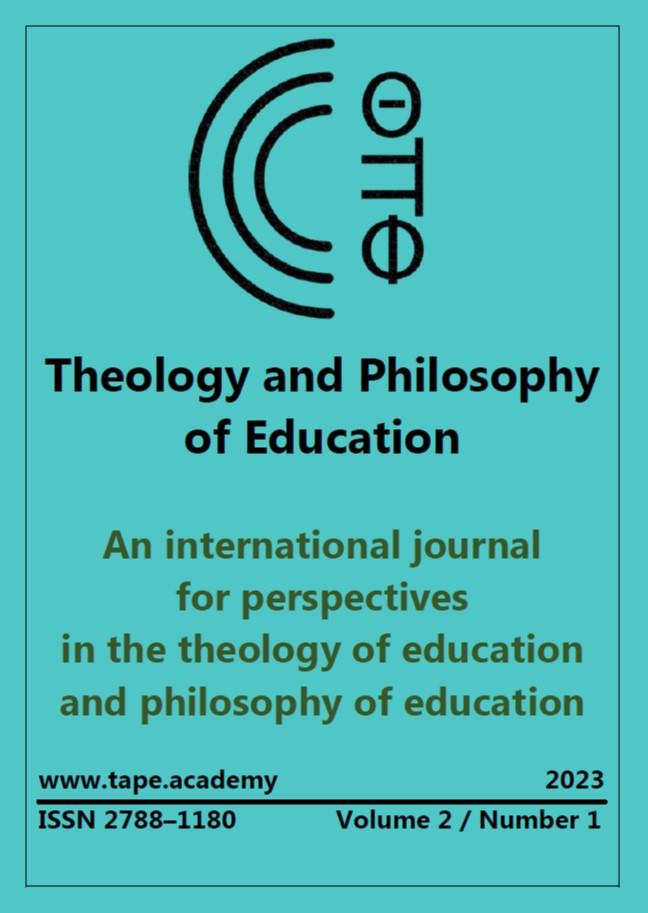
The privileged place to learn about Hebrew pedagogy is the Bible and rabbinical literature and thus it is of primary interest especially to the religious systems that grew out of it. Nevertheless, from a formal point of view, it offers a priceless contribution to the reflection on educational values as such. The aim of this article is to put forward some basic impulses of Hebrew pedagogy that may be inspirational even today for both teachers and pupils.
More...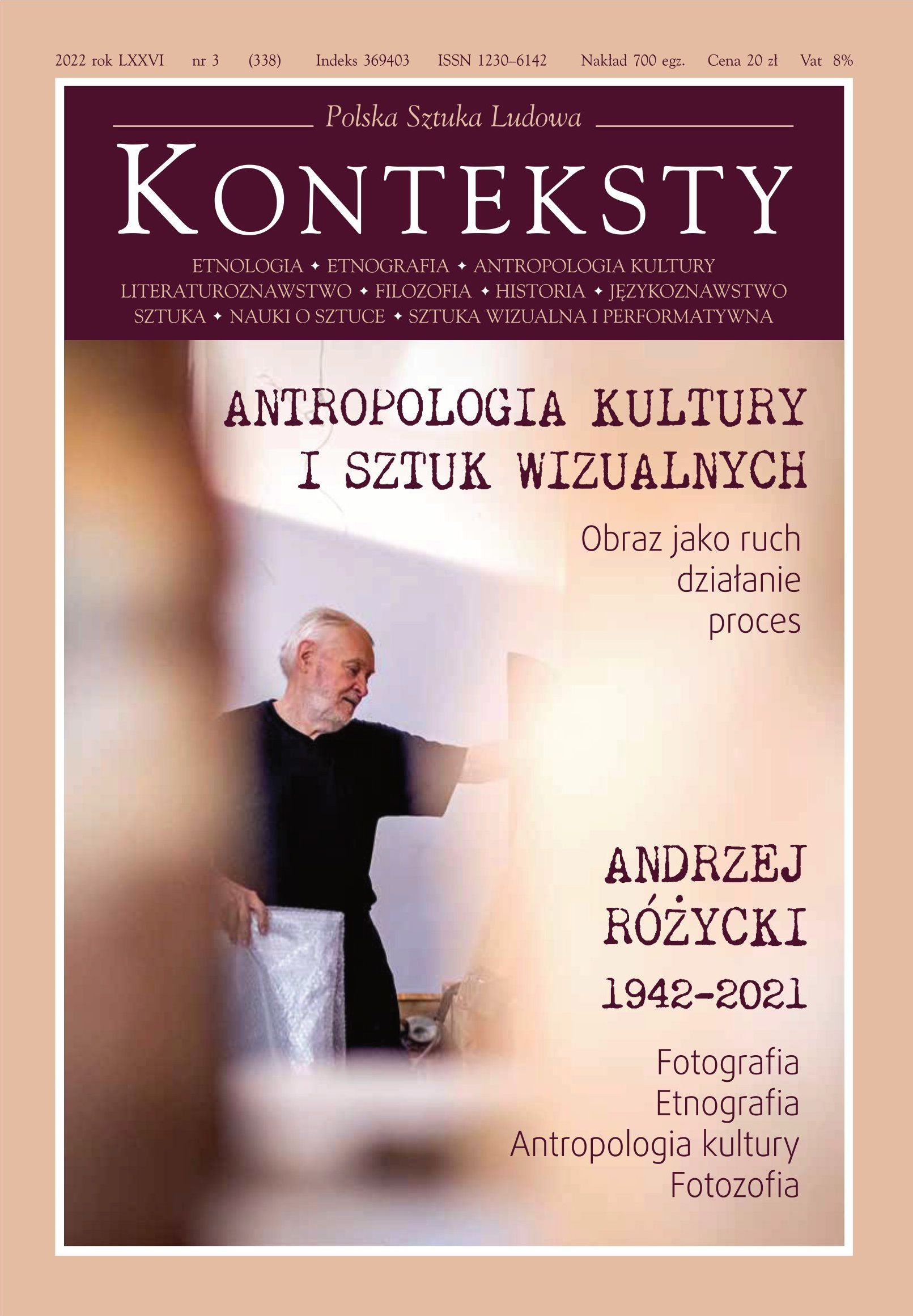
The point of departure of the presented text is a polemic with Adam Leszczyński’s Facebook entry condemning the inclusion of a photograph showing a mask of a Jew among a group of carollers (supposedly without a commentary), featured at the Ethnographic Museum in Cracow. In her reply the author of the text, simultaneously one of the Museum curators, not only explains the intention of including this particular depiction into museum space but also reconstructs the entire complex context and history of the motif of the Jew mask among the carollers. At the same time, she poses a question about the role played by an ethnographic museum and the limits of publicistic commentary (and associated abuse)."I found masks showing Jews and Gypsies, present in assorted caroller groups, disturbing. Upon numerous occasions I was asked why do we show such caricatures? What about the feelings of Jewish and Romani visitors, facing such depictions of themselves and asking: is this my museum, a museum about me?How did the Jew character find himself among carollers? Did this take place when older carol singing became linked with the Church ritual theatre? How did the Jew-rabbi appear amidst the canon of carollers (together with King Herod) or the Jew Trader among those singing together with the turoń? Perhaps this is a distant trace of the commedia dell-arte, an echo of the Pantaloon (Venetian trader) dramatis persona and the Servants? Or is the reason entirely different? It is worthwhile to exploit the opportunity provided by the omittance of the commentary on the part of a recognised journalist and historian, as well as his propagation of false information about its absence. The crux of the matter is, after all, the existence of a mask portraying a Jew as pars pro toto of the entire permanent ethnographic exhibition. This is not the first time when the nature of this object, i.e. the disguise and hence the disclosure of exiting but concealed contests, makes itself known. The context of the ethnographic museum constitutes an excellent backdrop for such reflections”.
More...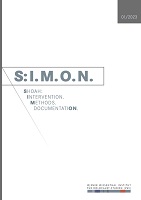
This article tries to diversify the understanding of the Jewish experience in interwar Europe by analysing the work of Jewish Cultural Self-Government in interwar Estonia. Estonia’s Jews were granted self-government in 1926, and the institution worked until the summer of 1940 when the Soviet Union occupied Estonia. The institution created a public law forum for the Estonian Jewish community where they could independently manage cultural and edu-cational affairs. The authoritarian turn in spring 1934 meant increasing control over minor-ity autonomies, but the institution survived until summer 1940 without any significant re-strictions. Finally, by focussing on some members of the Jewish Cultural Council, the article discusses the possibility of using prosopographic methods to study the history of Jews of Estonia.
More...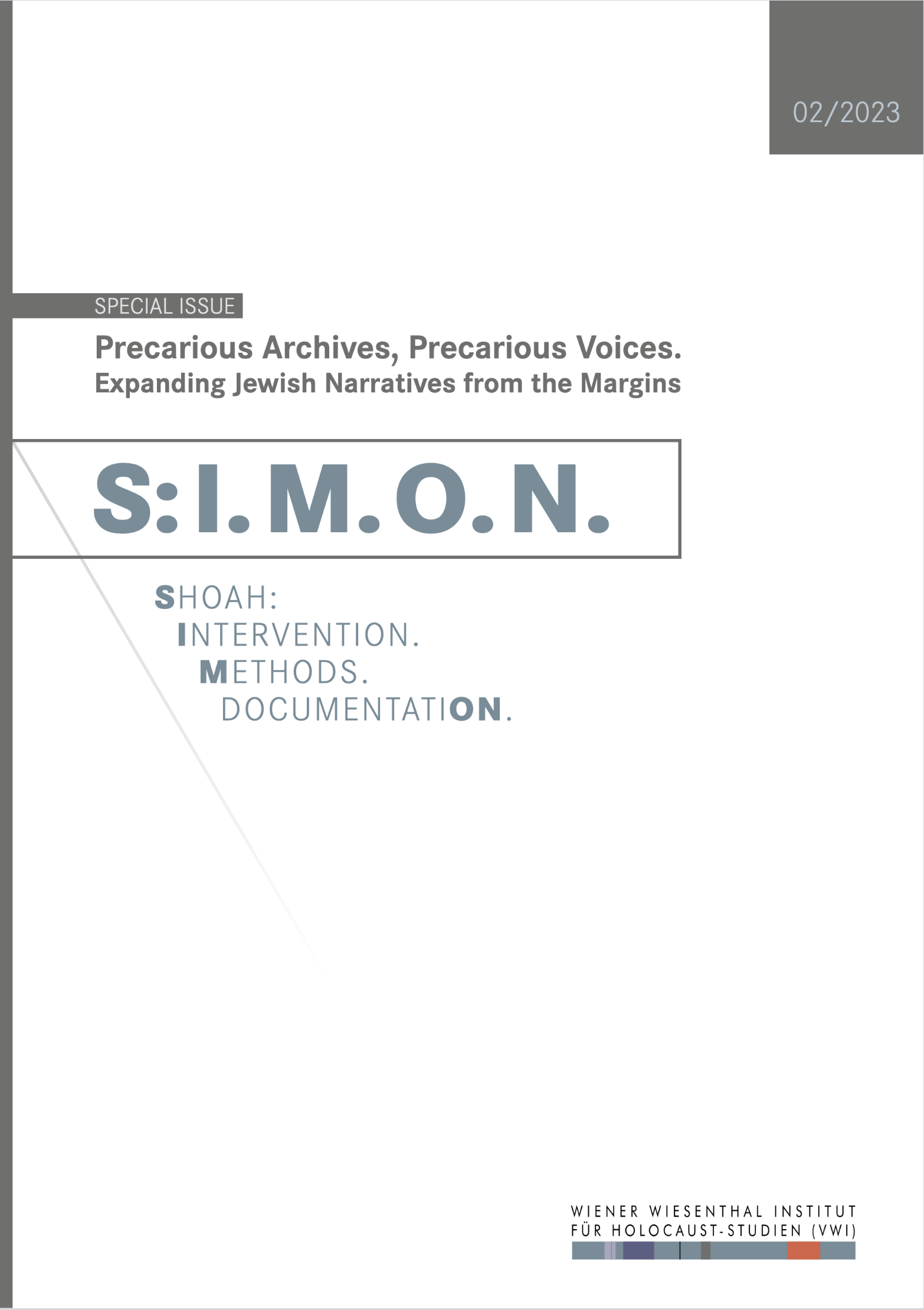
The ambivalent attitude of socialist memory politics towards the Holocaust during János Kádár’s regime (1956–1989) is reflected in the history of personal collections. Although museums did collect Holocaust memorabilia, this was not encouraged or publicised. Because of such delayed and restrained collection, the objects relating to persecution are mostly to be found in family homes. Since the end of socialism did not change this attitude, the contemporary memorial landscape of the Holocaust covers not only the institutions dedicated to the history of persecution but also the (second- and third-generation) survivors’ homes. On the other hand, the public collection of the victims’ documents – albeit in an incomplete, unprofessional, and politically motivated manner – had already been established during the Kádár era, and within the framework of a non-Jewish, party organisation. In this paper, we will attempt to describe the activity of the Committee for Persons Persecuted by the Nazis (Ná-cizmus Üldözötteinek Bizottsága, NÜB), the first organisation to specifically collect Holocaust memorabilia. Through examples, we will show the extent to which privately owned personal material traces contributed to the building of public collections in the post-communist period. The study particularly focusses on the collecting strategies and practices of the post-1990 Hungarian Auschwitz Foundation (Magyar Auschwitz Alapítvány) and the state-run Holocaust Memorial Center (Holokauszt Emlékközpont, HE), thus completing the institutionalisation process of Holocaust-related materials. We argue that the post-war era’s memory politics and memory processes, mainly in the 1960s and 1980s, influenced both the biography of the objects and the histories of the world around them. Therefore, through the stories of the objects, we can better understand the relationship between institutional and personal memory. We seek to answer the question of what happened to the tangible heritage of the Holocaust during the Kádár era and how the survivors related to their preserved objects in the 2010s.
More...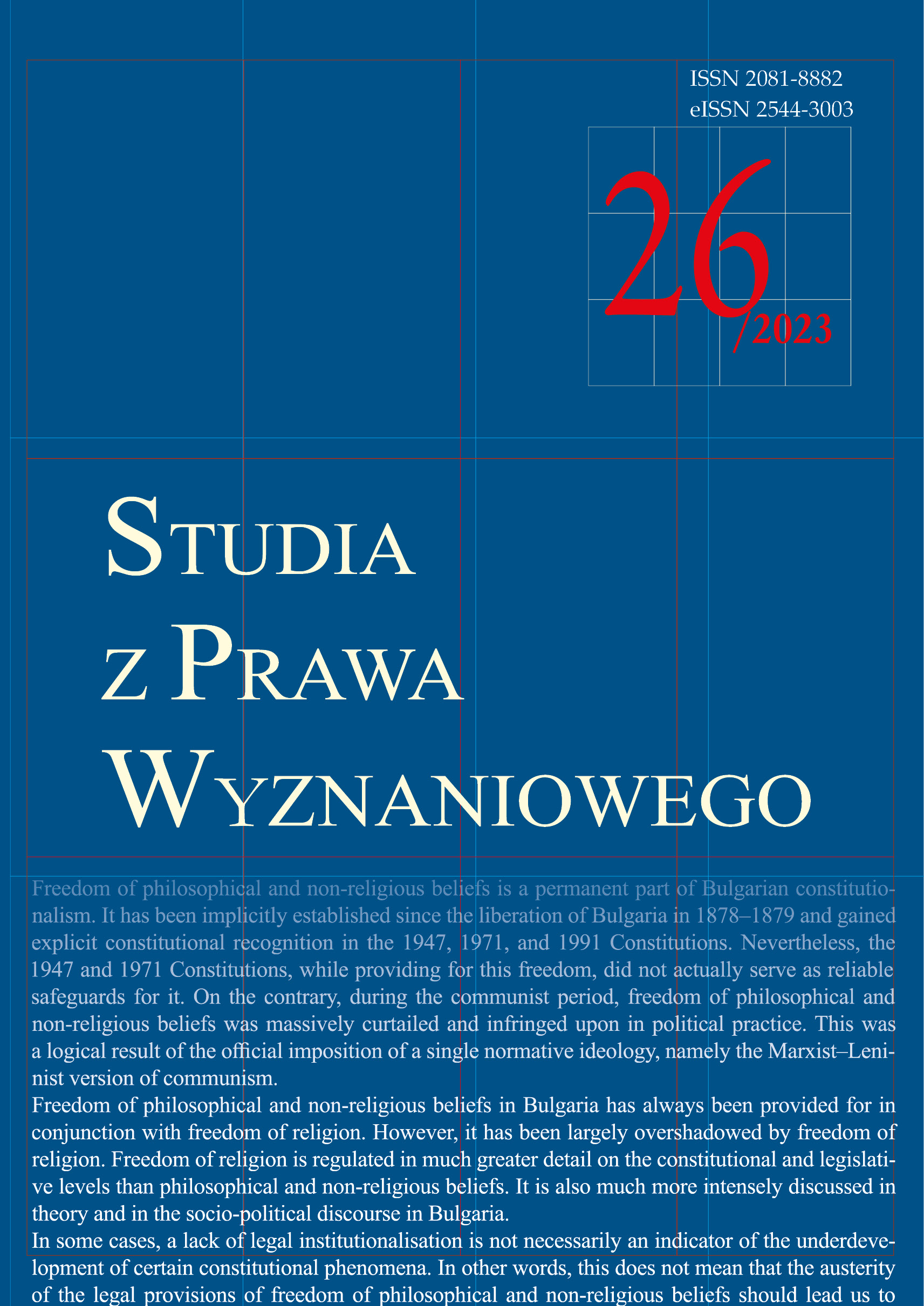
This article analyses the issue of the registration of independent Jewish religious communities, i.e., Jewish religious communities unaffiliated with the Association of Jewish Communities in Poland (AJCP). For several years, the possibility of establishing independent Jewish religious communities has been challenged by the AJCP, which claims that the Act on the State’s Relationship with Jewish Religious Communities in Poland exhaustively regulates the legal situation of all Jewish communities in Poland. In a number of Supreme Administrative Court’s decisions on disputes between independent Jewish religious communities and the AJCP, the possibility of registering independent Jewish religious communities has been confirmed. In addition, the Supreme Administrative Court developed a test for assessing the identity or separateness of two religious associations for the purpose of registering new ones. The article attempts to systematise the elements that constitute this test, referring, inter alia, to the material and formal identity of the internal law, the criteria of membership and the will of the persons forming the religious association. Moreover, the Supreme Administrative Court’s decisions are reviewed from the perspective of compliance with the standard of protection of freedom of conscience and religion established by the case law of the European Court of Human Rights.
More...